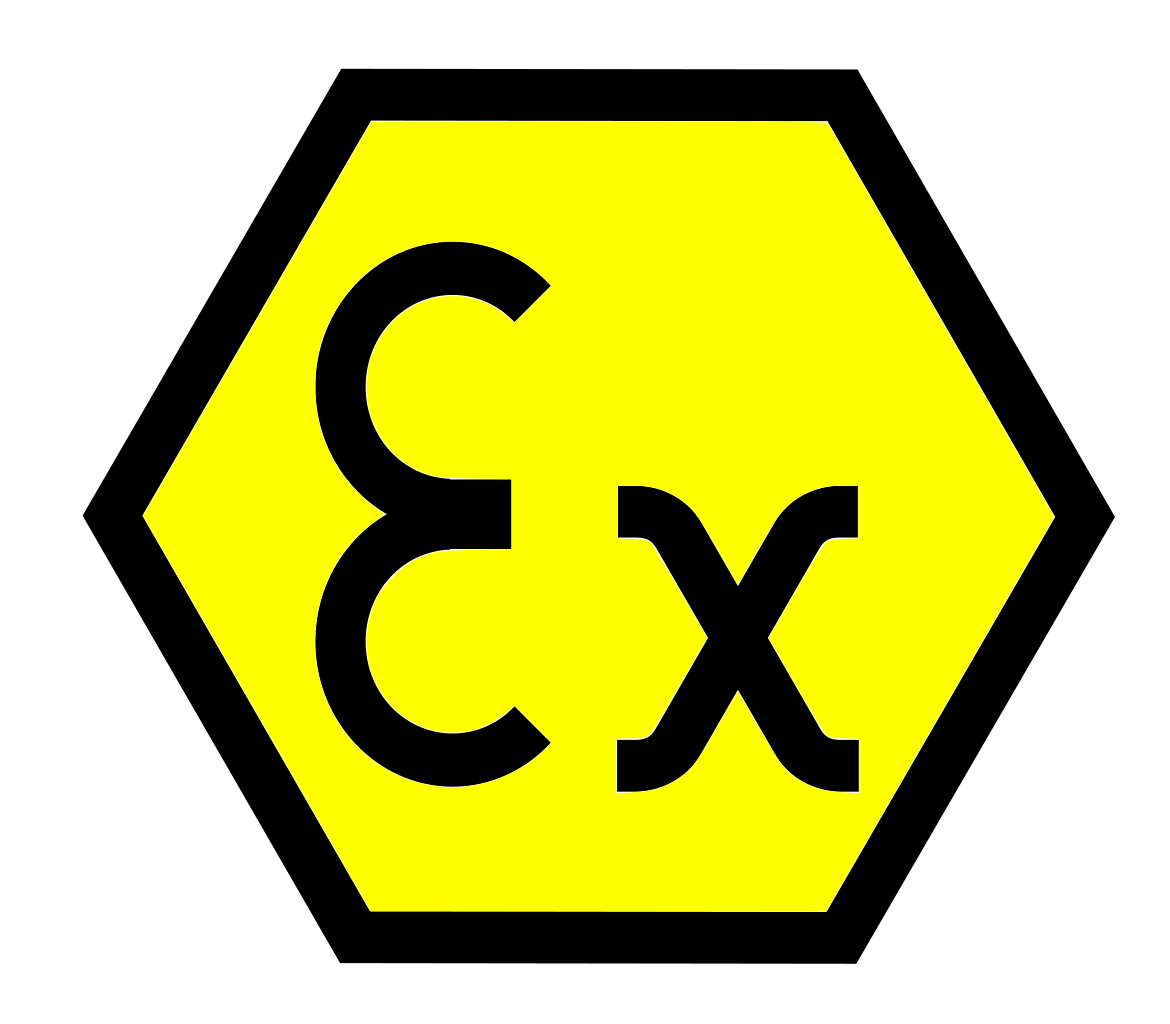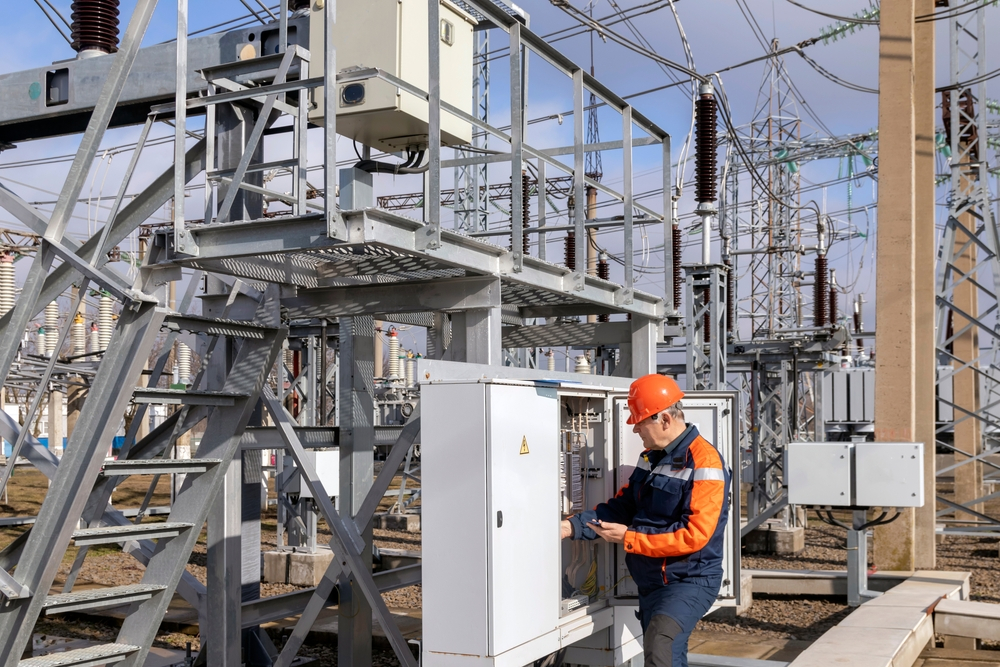About Roar Solutions
About Roar Solutions
Blog Article
Roar Solutions - The Facts
Table of ContentsGetting My Roar Solutions To WorkSome Known Incorrect Statements About Roar Solutions The Main Principles Of Roar Solutions
In such an atmosphere a fire or surge is feasible when three standard problems are met. This is usually described as the "dangerous location" or "combustion" triangular. In order to protect installments from a potential explosion a technique of analysing and classifying a potentially hazardous location is called for. The function of this is to make certain the appropriate selection and installation of tools to ultimately stop a surge and to make certain security of life.
(https://pastebin.com/u/roarsolutions)
No tools should be mounted where the surface temperature of the equipment is more than the ignition temperature of the offered threat. Below are some common dirt hazardous and their minimal ignition temperature level. Coal Dust 380C 225C Polythene 420C (melts) Methyl Cellulose 420C 320C Starch 460C 435C Flour 490C 340C Sugar 490C 460C Grain Dirt 510C 300C Phenolic Resin 530C > 450C Aluminium 590C > 450C PVC 700C > 450C Soot 810C 570C The possibility of the risk being present in a focus high enough to trigger an ignition will certainly vary from location to location.
In order to categorize this risk an installment is separated right into locations of risk relying on the quantity of time the harmful is existing. These areas are described as Zones. For gases and vapours and dusts and fibres there are 3 areas. Zone 0 Area 20 A hazardous ambience is extremely likely to be present and might be present for extended periods of time (> 1000 hours each year) or even continuously Area 1 Zone 21 An unsafe ambience is possible yet unlikely to be present for extended periods of time (> 10 450 C [842 F] A category of T6 indicates the minimal ignition temperature is > 85 C [185 F] Harmful area electrical tools maybe developed for usage in higher ambient temperature levels. This would showed on the score plate e.g. EExe II C T3 Ta + 60C( This implies at 60C ambient T3 will certainly not be gone beyond) T1 T1, T2, T3, T4, T5, T6 T2 T2, T3, T4, T5, T6 T3 T3, T4, T5, T6 T4 T4, T5, T6 T5 T5, T6 T6 T6 A T Class rating of T1 indicates the maximum surface area temperature generated by the instrument at 40 C is 450 C. Thinking the linked T Class and Temperature rating for the devices are ideal for the location, you can always use an instrument with a more rigid Department rating than needed for the location. There isn't a clear answer to this inquiry. It really does rely on the kind of tools and what fixings require to be carried out. Equipment with specific test procedures that can not be done in the field in order to achieve/maintain 3rd party ranking. Should come back to the manufacturing facility if it is before the devices's service. Field Repair Service By Authorised Employee: Challenging testing may not be needed however certain treatments might require to be adhered to in order for the equipment to keep its 3rd party ranking. Authorized employees have to be utilized to do the job properly Repair must be a like for like replacement. New element have to be thought about as a straight replacement needing no special testing of the equipment after the repair work is complete. Each tool with a hazardous score must be assessed separately. These are detailed at a high degree below, yet for even more detailed information, please refer straight to the guidelines.
The 9-Minute Rule for Roar Solutions
The devices register is a comprehensive data source of devices records that includes a minimum collection of areas to identify each product's place, technical specifications, Ex-spouse category, age, and ecological information. The ratio of Thorough to Close evaluations will certainly be identified by the Equipment Risk, which is examined based on ignition risk (the possibility of a resource of ignition versus the chance of a combustible atmosphere )and the harmful location classification
( Zone 0, 1, or 2). Executing a robust Risk-Based Evaluation( RBI )technique is crucial for making certain compliance and safety and security in handling Electric Tools in Hazardous Locations( EEHA).
Getting My Roar Solutions To Work

In regards to eruptive risk, a dangerous area is an environment in which an eruptive atmosphere exists (or might be expected to be existing) in amounts that require unique safety measures for the building, setup and usage of devices. eeha courses. In this article we discover the challenges faced in the workplace, the threat control procedures, and the required expertises to work securely
It issues of modern life that we produce, store or handle a variety of gases or fluids that are deemed combustible, and a official site series of dirts that are deemed flammable. These substances can, in specific problems, develop explosive environments and these can have significant and heartbreaking consequences. Many of us recognize with the fire triangular eliminate any type of one of the three aspects and the fire can not happen, however what does this mean in the context of hazardous areas? When breaking this down right into its easiest terms it is basically: a combination of a specific quantity of release or leak of a specific substance or product, mixing with ambient oxygen, and the existence of a source of ignition.
In many instances, we can do little about the levels of oxygen in the air, however we can have significant impact on resources of ignition, as an example electric equipment. Harmful locations are recorded on the harmful area classification illustration and are identified on-site by the triangular "EX LOVER" indication. Below, amongst various other essential info, zones are split right into 3 kinds depending on the risk, the likelihood and duration that an explosive atmosphere will certainly exist; Zone 0 or 20 is considered one of the most dangerous and Area 2 or 22 is deemed the least.
Report this page